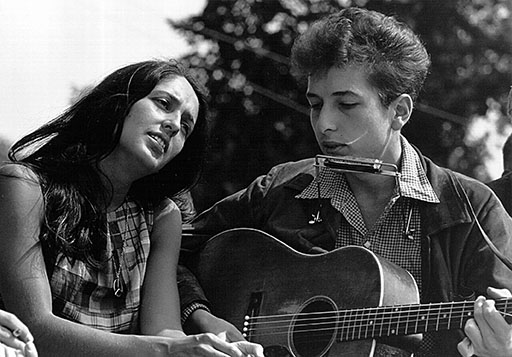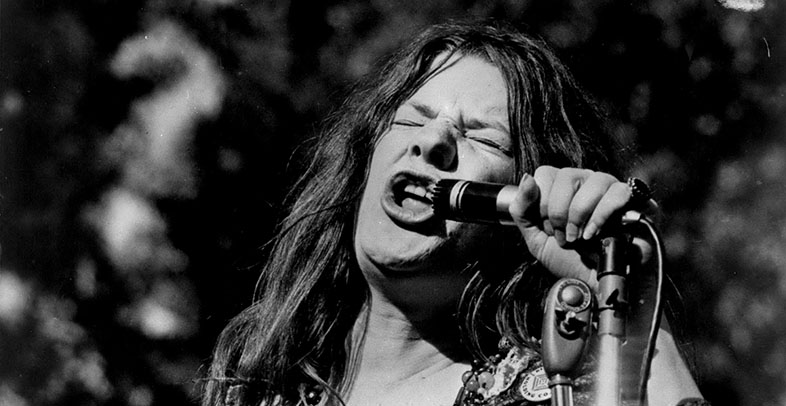3.1 Authenticity

The musical genres most prized by the counterculture were seen as championing their alternative values, providing the people who associated with it with a sense of identity. Rock and folk music were often celebrated by their fans for their sincerity and authenticity. Authenticity, however, has became one of the most contested terms within Popular Music Studies. On this issue, David Beard and Kenneth Gloag have commented that:
[…] popular music and its study resonate with issues of truth, integrity and sincerity and therefore directly raise issues of authenticity. Clearly, the relationship between popular musician and fan can form an identity around a certain truth, and the intensity and the expression of the popular music experience is often one of sincerity. This is most clearly evident in the role of singer-songwriter, within which we hear and feel a direct line of communication from songwriter through performance or recording to listener. This is clearly defined in the music of Bob Dylan, for example. The raw intensity of the voice indicates a personal experience and a depth of meaning that conveys an aura of authenticity.
Beard and Gloag also identify another key aspect of ‘authenticity’ as it is commonly applied to popular music; that is, that authentic genres of popular music ‘usually involve the performance of original material’ (Beard and Gloag, 2005, p. 20). The counterculture celebrated these so-called ‘authentic’ values of rock and folk music: sincerity, integrity, identity with their particular version of the truth, raw intensity, and originality of expression.
These values have been used to construct a genre hierarchy between rock and folk music, which is seen as ‘authentic’, and pop music, which is seen as ‘commercialised’ . Pop’s particular evils have often been understood as its overtly commercialised nature and the fact that most pop artists (such as the girl groups of the 1960s, such as the Shirelles or the Supremes) performed music composed for them by professional songwriters, rather than writing and performing their own original material. On the genre hierarchy between pop and rock, Stuart Borthwick and Ron Moy have commented that:
Rock, as a term, was coined to differentiate the music and attitudes of both performer and audience from the ‘pop’ and ‘commercial’ form. This rock/pop binarism can be viewed as a false bifurcation on a number of levels (how can an act that sells millions of albums be considered ‘uncommercial’?) However, it did serve to reflect the growing fragmentation of the audience for popular music into what we might term ‘taste hierarchies’
Any attempt to regard rock and folk music as non-commercial, however, will, as Borthwick and Moy note, inevitably fail. Although marketed to their fan bases as raw expressions of musical truth and sincerity communicated directly from artist to fan, in truth rock and folk are also propped up by the massively commercialised popular music industry, which mediates songs as cultural products between musicians and their audiences. Beard and Gloag caution that, despite the apparent ‘raw intensity’ of Dylan’s recordings, ‘the fact that Dylan’s music is contained within a culture industry and is marketed as a consumer commodity simultaneously questions this aura’ (Beard and Gloag, 2005, p. 19). Just as the perceived value of rock and folk music can be seen as problematic, the position of women – including women musicians – within the counterculture can be interpreted as deeply troubling.
